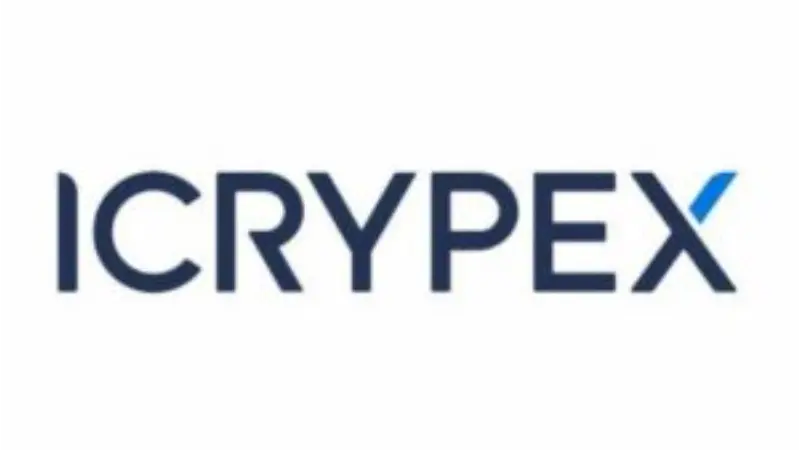
Who is Gavin Wood?
He was born in April 1980 in Lancaster, United Kingdom. As a child, he was always interested in economics and game theory, and even developed a strategy game of his own design and started coding at the age of 8.
In the following years, he wanted to turn this talent, which he was also interested in, into a professional career. He first studied computer engineering at the University of York, then went on to a master’s degree and pursued a career with a doctorate. At the age of 25, he was now a computer doctor and his career started as a doctor and continued with his work in different companies in different fields of technology.
Where and When Did He Meet Bitcoin?
He was first introduced to Bitcoin in 2011, but at that time he remained largely unresponsive and uninterested in Bitcoin as the currency focused more on the digital currency aspect rather than the technological aspect. Hearing his name from the environment for 2 years led him to wonder about the infrastructure of this new system and allowed him to want to go deeper in the following period. As you will see in the Vitalik Buterin article we shared, the process was very similar for Buterin. It’s no surprise that these two names later wanted to change the world together. As a result, in 2013, he decided to reconsider Bitcoin and started to come up with some really original ideas for a decentralized web. At the end of the same year, the doctor programmer had 15 years of open source coding experience. In his 33 years, he worked as a smart text contract editor, both designer and implementer of the first working smart lighting controller for one of London’s top nightclubs. Similarly, he worked on the C++ programming language, designing most of its infrastructure and then implementing it.
Vitalik Buterin, Gavin Wood and Ethereum
In the final months of 2013, fate pitted Buterin and Wood against each other. Thus, Wood’s coding experience and Buterin’s Ethereum White Paper turned into a functional blockchain! Buterin introduced Ether in Miami in 2014, and at the end of the sixth month after the conference, the co-founders traveled to Switzerland to officially launch Ethereum. After this process, users can now create or modify other services and products, including NFTs, that they can create with smart contracts.
Wood described what they were trying to accomplish at the time as “one computer for the entire planet.” He served as CTO during the first two years of this project, for which he was responsible. During this time, Wood wrote the first official specification of the blockchain protocol, the Yellow Paper, which contained more detailed technical information than the White Paper. In late 2014, he coded PoC-1, Ethereum’s first functional implementation, and created Solidity, also an Ethereum-based software language. Ethereum has indeed become the second most widely used blockchain in the world after Bitcoin. In 2015, Wood left the company because he felt that Ethereum could not create a truly decentralized ecosystem for blockchain technology. Ethereum, on the other hand, has become any network that fights for “dominance” in this increasingly crowded blockchain world.
The Birth of Multi-Chain Polkadot!
Later, with Jutta Steiner, the foundation’s former head of security, herself an Ethereum graduate, she founded Parity Technologies, a blockchain software development company, and in the second year that followed, the Web3 Foundation, which funded teams focused on decentralized web technologies. Following the intensive efforts of these two organizations, the protocol was introduced in 2017. Until it was finalized, Wood wanted to move away from Polkadot’s one-blockchain mindset, or at least ease that burden by having the ability to own multiple chains. With this ambition, he set out and focused on building from scratch, and it took him about four months to develop a vision for the Polkadot protocol, a first-of-its-kind, heterogeneous multi-chain framework. Polkadot, which will be a bridge to other blockchains, currently ranks ninth in terms of market capitalization. One of the innovations that followed Polkadot, Substrate, is a framework for those who want to build their own blockchain efficiently. Another innovation is the Kusama network, which is independent of Polkadot but runs on the same software. With this network, developers can; They were provided with slightly more flexible rules, not as strict as Polkadot, and were given the opportunity to experiment with their projects before launching them on Polkadot. For Gavin Wood, who said in an interview, “I think my value in the world is to create technical solutions for things and communicate them,” the interaction of the conversation is much more gratifying than thinking. That’s why he gives presentations and gives seminars on panels to attendees and audiences around the world, from regional technology conferences to fields like music or law. Polkadot continues to move forward step by step every day to improve the vision and technology behind it.